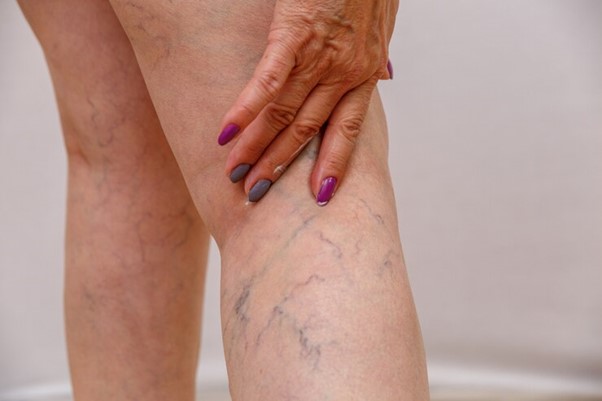Finding effective ways to treat varicose veins is essential for comfort and health. Understanding modern treatments and their benefits can help in making informed choices.
Introduction to Varicose Veins and Laser Ablation
Varicose veins are enlarged, twisted veins that usually occur in the legs and feet. They appear when the valves in the veins weaken, causing blood to pool. This pooling leads to swollen, visible veins. The primary causes include standing or sitting for long periods, pregnancy, obesity, and family history. Symptoms often include aching pain, heaviness, and swelling in the affected area.
Daily life can be challenging with varicose veins. The discomfort and visible appearance can affect self-esteem and mobility. If veins are painful or persistently swelling, it’s wise to seek treatment.
Varicose vein laser ablation, specifically endovenous laser therapy, offers a modern solution. This technique is minimally invasive, using laser energy to close varicose veins. It is preferred over traditional surgery because it’s quicker, less painful, and requires little recovery time. New advancements ensure patients experience fewer risks and complications.
Many myths surround vein treatment, leading to hesitation. Some think treatment is painful or ineffective. However, modern procedures like varicose vein laser ablation are safe and successful. This guide will debunk these myths and highlight the benefits.
Pre-Procedure Preparation and EVLA Process
Getting ready for endovenous laser therapy involves several steps to ensure it’s right for you. Often, a doctor will conduct an ultrasound to observe the veins’ condition. This scan helps in planning the treatment effectively.
Pre-procedure steps include:
- Consultation: Discuss your symptoms and medical history with your doctor.
- Ultrasound: A non-invasive scan maps the veins and checks for clots.
- Plan: Understand the procedure and sign any necessary consents.
- Preparation: Avoid lotions on the legs before treatment and wear loose clothing for comfort.
The actual laser ablation process may sound complex, but it’s straightforward and designed to keep you comfortable. During the procedure, a small laser fiber is inserted through a needle into the affected vein. Local anesthesia numbs the area, so pain is minimized. The laser heats the vein’s walls, causing it to close.
The procedure’s straightforward nature makes it accessible: 1. Numbing the area – The treatment site is numbed using a local anesthetic. 2. Inserting the laser fiber – A small incision is made to insert the laser. 3. Delivering the energy – Controlled laser energy seals the vein, redirecting blood flow to healthier veins. 4. Finishing up – After the vein closes, the fiber is removed, and a bandage is applied.
This minimally invasive procedure allows most patients to go home the same day. There is a focus on comfort, ensuring anxiety is kept low. Knowing what to expect helps ease any worries.
Post-Treatment Recovery and Expectations
After varicose vein laser ablation, taking care of yourself aids quick healing. Post-treatment care for varicose veins is straightforward but vital. Compression stockings might be recommended to support recovery.
Here are some home remedies for varicose veins to consider during recovery:
- Elevate Your Legs: This helps reduce swelling by promoting blood flow.
- Stay Active: Light walking prevents blood clots and assists healing.
- Hydrate Well: Water aids circulation and overall health.
Recovery time varies, but many feel better within a week or two. Vein surgery recovery time might differ if combined with other procedures. Swelling and bruising are common early on but often subside quickly.
Understanding laser treatment side effects helps manage expectations. Temporary bruising and discomfort can occur but generally resolve in a few days. Rarely, more serious side effects, like blood clots or nerve damage, may happen. Follow-ups with your doctor ensure early detection and management of any issues.
Over the long term, minimally invasive vein procedures like this one show excellent results. Improved leg appearance and reduced pain enhance quality of life. Keeping healthy habits makes results last longer.
Conclusion and Insights on Modern Treatments
Laser ablation benefits far outweigh those of traditional surgery. With minimal downtime and pain, it’s a clear choice for many. Modern technology makes varicose vein treatment options more accessible and effective.
Hearing from patients who choose varicose vein laser ablation can guide your decision. Most report satisfaction with the results and ease of the process. Reliable data backs up these personal stories, showcasing the procedure’s success.
In summary, modern advancements make treating varicose veins simpler. With today’s technology, achieving healthier, pain-free legs is within reach. Taking the first step towards better vein health reaps long-term rewards in confidence and comfort. Don’t hesitate to seek professional advice and learn more about this life-changing treatment.
